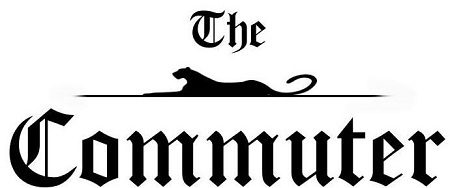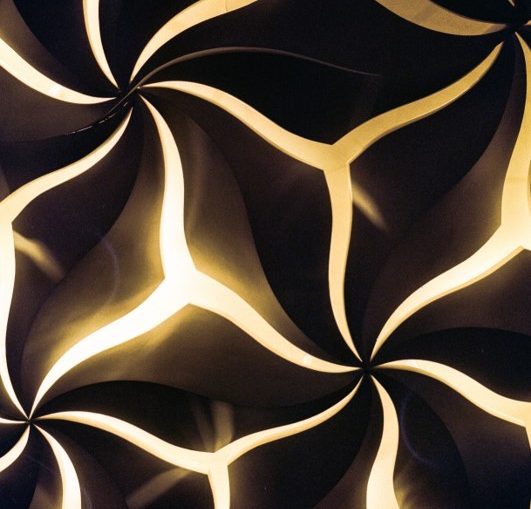Eastman Kodak, the former film giant credited with revolutionizing the commercial production of film, released their financial report for the third quarter of 2019 with some good news. As analog photography continues to rise in popularity, it begs the questions: in this advancing digital world, is film worth the exposure? Should photographers consider the negatives of digital and reinvest in the transparent negatives of film?
What is Photographic Film?
Understanding the chemical and physical properties of film is imperative to this. So, what is film? How is an image recorded with film in comparison to a digital sensor? Photographic film is a sheet or roll of light-sensitive transparent plastic that, when exposed to light, records the information based on the camera’s settings. Light-sensitive plastic consists of a protective anti-scratch layer, silver-halide crystal emulsion layer, anti-halation layer, film base, and finally an anti-static backing layer. Black and white film consists of a single-layer of light-sensitive emulsion.
Photographic film light sensitivity is determined by the size of silver halide crystals suspended in gelatin emulsion, the larger these crystals are, the more sensitive the film becomes. For example, Kodachrome 100 has a light sensitivity of 100 ISO. That means the grain, or those silver-halide crystals, are much smaller, so the film must be adjusted for a slower film speed. In contrast, a film like Kodak Tmax 3200 has a light sensitivity of 3200 ISO, meaning the silver- halide crystals suspended in light sensitive emulsion is much larger. This offers a more dramatic tonal range, but sacrifices overall sharpness.
Color film is different from black and white film. Color film is better for night photography, colorful scenery (for obvious reasons), and high dynamic range. Color film has blue sensitive yellow layers, green-sensitive magenta layers, and red-sensitive cyan layers. Multiple layers of light-sensitive emulsion permit less dramatic exposure errors or miscalculations. Masking dyes play a pivotal role in color film. These dyes are made of cyan, magenta, and yellow. Masking dyes help correct color imperfections, specifically pertaining to their light-sensitive color opposite layer.
Benefits of Film
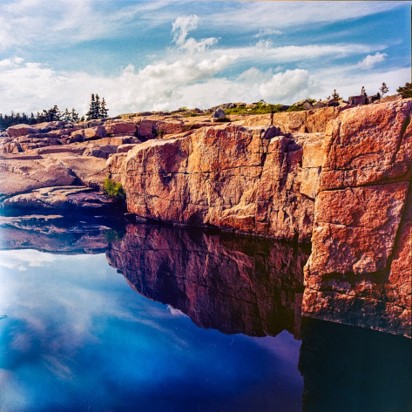
Photographic film tends to be more forgiving of inaccurate exposures (especially overexposure). This is because film maintains highlights and lights detail more so when compared to digital photography. In contrast, digital photography is the opposite, whereas film handles overexposure more efficiently, digital photography maintains shadow/ dark detail more than film photography.
Another benefit of film over digital is that it slows the photographer. You must stop and think about your intention, message, and visualization of the photograph. James Bellucci, Frederick Community College film professor, had this to say about the slow process of film: “When you only have rolls of 36 exposures or less, you are much more methodical with how you compose the frame.” Film can be very hands on and require careful attention to detail. For example, large format photography is expensive, and can be an intricate, heavy, and time-consuming process. Although it’s cumbersome and at times infuriating, it remains the most intentional and well-thought out form of photography.

The dynamic range of film isn’t replicable with digital sensors. How film records and renders colors, grain, contrast, highlights and shadows is much different than how a digital sensor records this information. “I still think film is relevant in the digital age,” said Professor Belluci.“There are many attributes that I feel look better on film. A good example is long-exposure photography. From a visual standpoint, I am still enamored by the quality of a filmic image. The grain pattern and line quality are just not the same as its digital counterpart.”. Film is unique and unmatched in terms of quality. The emulsion of film isn’t limited to a numerical possible level of color, unlike its digital counterpart. This is because the digital sensor records color as a number and has a limited number of colors.
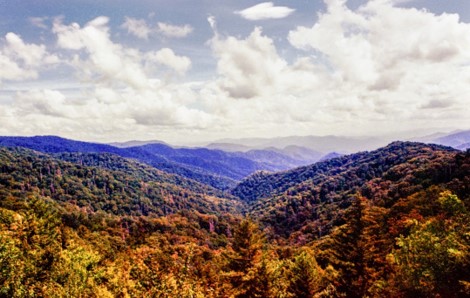
Film grain is iconic, and depending on both the film and the camera, offers a subtle and fixed pattern of grain. Film grain’s digital counterpart, digital camera noise, can be distracting and can degrade the image quality.
There are three types of digital noise that digital cameras produce. Random Noise is caused from short exposures and high light sensitivities (ISO). It’s imperative to understand that random image noise occurs in any exposure settings/lengths. This pattern of digital noise is not a constant. Two photos, both containing the same exposure settings, will have different noise patterns.
The second type of digital camera noise is fixed pattern noise. This is caused from long exposures and low light sensitivities (ISO). Fixed pattern noise is intensified by higher temperatures, and are more common in long exposures. Hot pixels is a type of fixed pattern noise, and these are individual pixels that are more intense than they should be. Hot pixels fade in and out and are usually removed in post-production editing.
The third type of digital camera noise is banding noise. This arises when the digital camera reads the recorded information from the camera sensor, and is determined by the camera used. High ISO is also attributed to the presence of digital banding. Banding can arise in post- production editing.
When there is too much digital, editing is needed to eliminate any distracting noise. This can cause problems, specifically regarding random noise. Random noise, as stated previously, is present in all photographs regardless of the exposure settings and attempting to reduce this specific form of noise may result in the reduction of textures.
So, what’s a solution to this ever-present irritation of digital noise? Shoot film! It’s imperative to note that this isn’t the end-all to noise issue. What if a photographer wants to edit and/or post their analog photography? Simply scan your film (which produces some form of noise) … but that’s a discussion for another abnormally long article.
Another benefit of shooting film is the initial price of equipment. The initial cost of film cameras, lenses, and accessories are substantially cheaper and available than a digital camera. Film cameras and film equipment became much cheaper as digital cameras emerged in the 1990s.
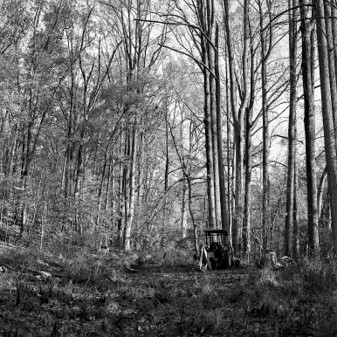
Yet another benefit of film is the resolution and quality. “I think it has a nice quality to it” said Devon Williams, aspiring photographer in Frederick, “The unpredictability of it. You don’t really know until the end.” Resolution and quality of digital images are dependent on how the film negatives are scanned, the size of the film negative, what scanning equipment is used, and what camera exposed the film. So, for simplicity and generalization, the bigger the negative, the better chance for increased resolution. A large format negative scan can yield up to hundreds of megapixels.
Drawbacks of Film
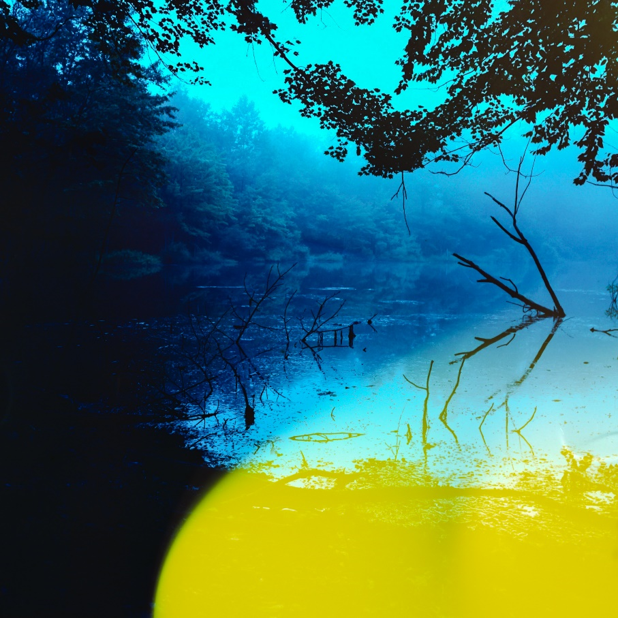
Photographic film slows down the photographer. While this might mean more decisive photography at times, it might also result in missing time- sensitive images. “With customers, you can show them your work immediately, and change anything right then and there” said Devon W. Digital works well for sports photography, street photography, and wildlife photography, all of which need fast shutter speeds to freeze action.
Digital photography offers a more accurate and literal representation. Analog photography has many flaws and imperfections, including incorrect white balance and more dramatic contrast. Digital photography is more consistent. Any inaccuracies or miscalculations can be viewed almost immediately. In the end, it comes down to preference.
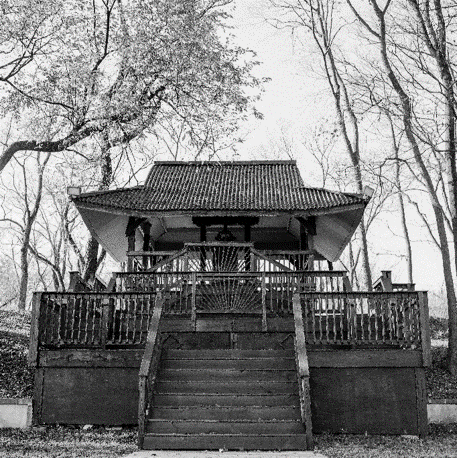
Despite the initial low cost of film, the overall cost adds up significantly. Film is expensive. For example, 35mm Kodak Tmax 400 is around $7.50 to $10 for a roll of 36 photos. As the size goes up, the cost increases. For example, a roll of 120 Kodak Portra 400 averages around $8.50 to $15. The cost of 10 sheets of Kodak 8 x 10” Tri-x 320 is around $100. Photographic film, regardless of format, increases in price as the film speed increases or decreases.
Photographic film yields imperfections through scratches, distortions, fogging, dust or hair, incorrect color, white balance. All of these are common and possible in film photography.
Film light sensitivity (ISO) is fixed and determined by the roll of film purchased. On the other hand, light sensitivity in digital photography is fluid and can be adjusted to meet the photographer’s needs. You could say the fluidity of light sensitivity in DSLRs allows for more creative freedom, not restraining the photographer to a range of exposure options. Despite digital noise being troublesome and different, it’s conventional.

Almost all modern digital cameras have both autofocusing and fully automatic features not available to analog cameras. This makes it easier for most people to shoot good quality pictures. All these features both simplify exposure settings, and complicate the art of photography.
The workflow of photography has increased drastically because of digital. Taking an image, processing and editing, then posting on social media can happen within a matter of minutes. Exposing an image on film, developing and processing, drying, scanning, editing, and then posting on social media is a long and often takes days to weeks.
Still, film photography is a view into raw beauty, before the distractions of flashing lights and Instagram posts. “It’s always good to get dynamic with photography, learning new things… you can see what tickles your fancy,” Devon said. Film is an uncut gem, a simple structure and complex application. Regardless of what preferences are in the future, digital or film, the most important aspect of photography is not just the camera used. Rather it’s about the photograph, a definitive moment of time that will never occur again.
